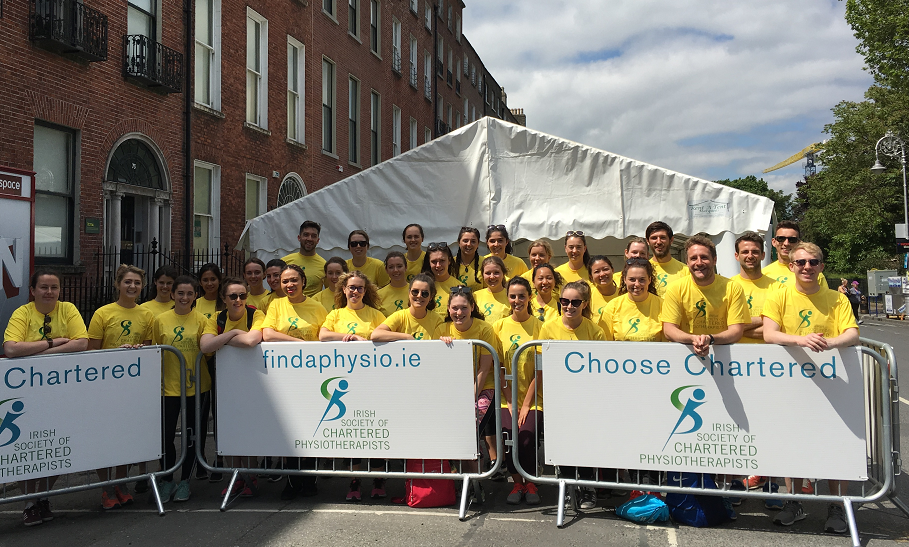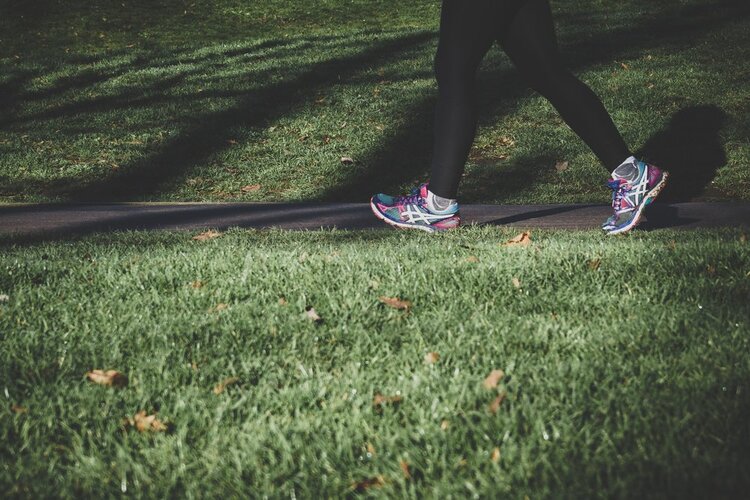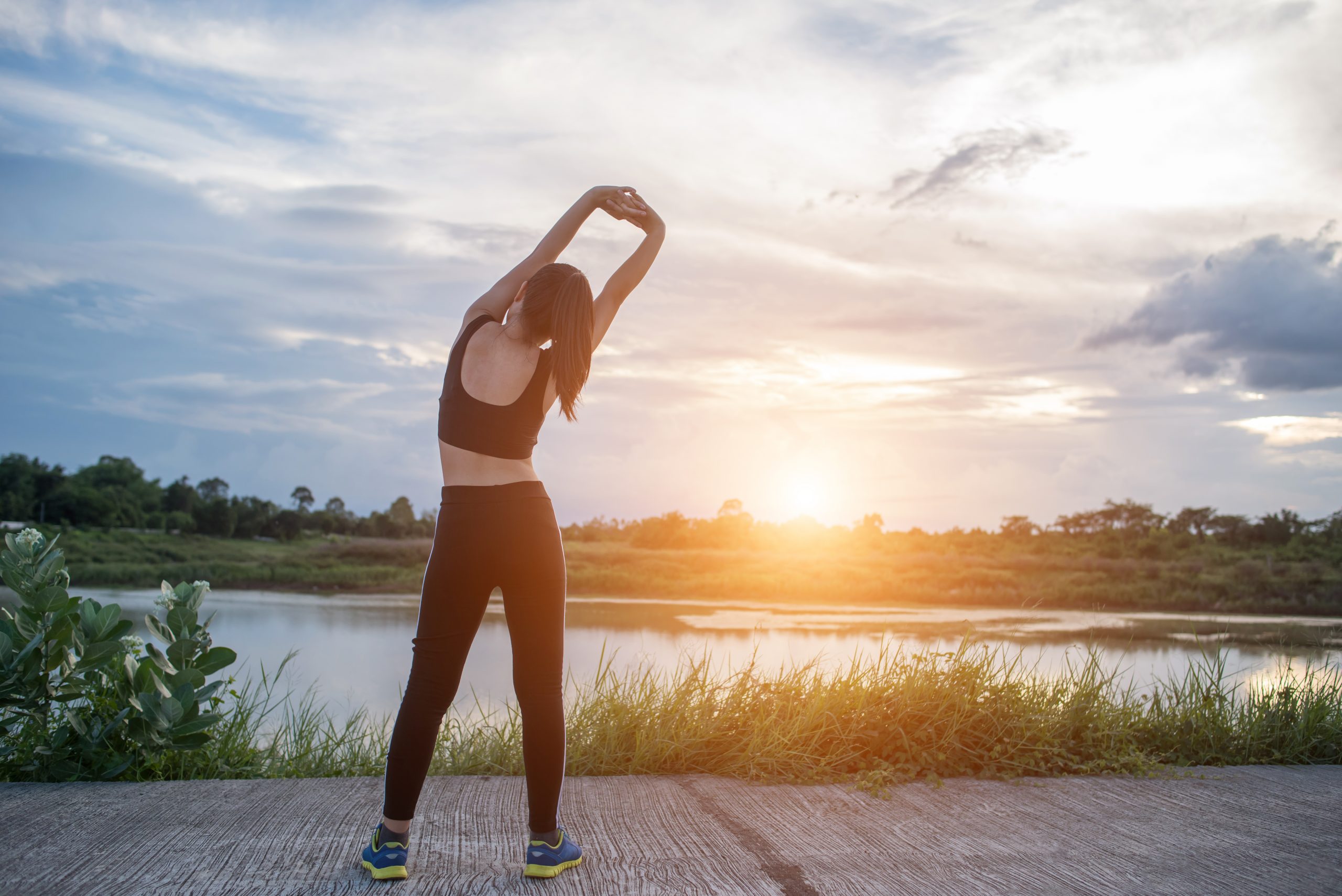Women’s Mini Marathon
Resources to help you optimise your body for the Women’s Mini Marathon
Benefits of Foam Rolling
Myofascial treatments are widely used by Chartered Physiotherapists to help athletes relieve pain and promote healing after a hard training session. Did you know that you can get a similar effect from the regular use of a simple tool – The Foam Roller!
Foam rolling has been shown to give users short term improvements in joint range of movement and perceived pain. A foam roller is a firm foam cylinder that is roughly six inches in diameter. By applying firm pressure on soft tissue (muscle and fascia) regular foam rolling can increase circulation, bringing fresh oxygenated blood and nutrients and removing the build-up of waste products, reducing tightness and inflexibility.

Where will we be for the Race?
When you finish up you’ll be able to find us right in the centre of Reunion Squared! If you’re stiff, sore, or need some form of physical care, we’ll have you covered.


Post-Training Recovery
- Static Stretches – Stretching helps to lengthen muscles, reduce muscle soreness and joint stiffness. Follow the stretching guide below holding each stretch for 20-30 seconds and repeating each 2-3 times. Never bounce when stretching. Aim to stretch the muscle to the point of tightness. Stretches should not cause discomfort or pain.
- Cool Down – All your runs should start with a warm up and finish with a cool down. Aim to finish your run with a five minute jog or brisk walk to help return your heart rate to normal, reduce the temperature of your muscles and help reduce stiffness and soreness.
Resources
Tips to Minimise your Injury Risk
- Enjoy your training. Ensure you follow a hard day with an easy day, and include some rest days in your weekly training plan.
- Try to include some resistance strength training twice a week – this will help with your running and prevent injuries.
- Footwear. The most important consideration with running footwear is that they must be comfortable while running! Consider the running terrain and typical distance you wish to cover. Footwear and insoles do not cause injury but may be used to help recover from injury. Remember try to change running footwear every 800 to 1000km.
- It’s best not to increase your mileage by more than 10% in a week, and avoid increasing both speed and distance in the same week. Try to increase distance first and then increase intensity: either hills or speed work.


Activity for Healthy Bones
Did you know that your bones are made up of living tissue which is in a constant state of turnover throughout life? One of the most common health challenges that women face as they age is a loss in bone density (diagnosed as osteoporosis if the loss is significant or osteopenia if the bone density loss is less severe). Some of the main contributors to osteoporosis include an inadequate calcium intake and a lack of mechanical forces applied to the bone. As a result, inactivity is a major risk factor for osteoporosis.
Find a Chartered Physiotherapist
Use our Find a Physio tool to find a Chartered Physiotherapist working in your area
Disclaimer
The content on this page is provided for general information purposes only and is not meant to replace a physiotherapy or medical consultation. The ISCP is not responsible for the content of any external sites, nor should selection be seen as an endorsement of them.





